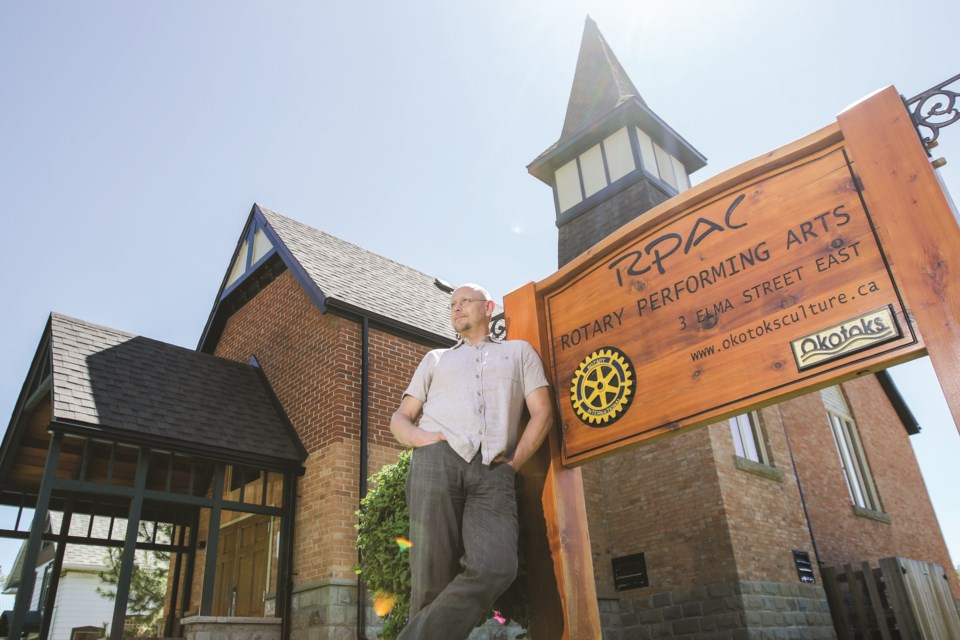The original Okotoks United Church, currently know as the Rotary Performing Arts Centre, has been designated a Municipal Historic Resource after council gave third reading to the bylaw at the Aug. 19 meeting.
The church, located at 3 Elma Street East, is Okotoks’ first municipal historic resource.
Council gave first and second readings to the Municipal Heritage Designation bylaw at the June 10 regular meeting.
“We believe that this facility is well loved by our community,” said Allan Boss, culture and heritage manager for the town, at the June 10 meeting. “It’s been here for a long time, and it is a fitting example of our historic resources.”
After the adoption of the Municipal Heritage Designation Program in December 2018, town administration recommended the church be designated as the towns inaugural historic resource due to its historic significance, said Boss.
Built originally in 1906 by the Methodist Church, followed by a rapid population boom in the town that called for more worship space, the Methodist and Presbyterian congregations merged in 1917. This single congregation was known as the Okotoks United Church.
This part of Okotoks’ history, while not necessarily the first to do so, did occur years before other Methodist and Presbyterian churches united across Canada.
“What’s really significant about this is the fact that this happened seven years prior to it happening across the rest of Canada,” said Boss. “So that’s really important.”
The land the church sits on is of historical significance as well.
“It sits on three parcels of land. One was purchased by the Town, and the other two were donated by John Lineham, who was a former mayor in 1909 and 1910,” said Boss.
Certain aspects of the building’s design—such as the irregular design, steeply pitched roof, bell tower and location, and other elements—are considered “regulated portions” of the building that possess heritage value.
While there are no financial implications with the building’s designation as a historical resource, any future repairs must consider the guidelines as laid out by Parks Canada for the conservation of historic places, said Boss.
Further, he said any changes to the regulated portions of the resource would require written approval of town council.
A plaque will be mounted at the RPAC showing its designation as a municipal historic resource, which funds have already been allocated for through Culture and Heritage’s plaque program.
With the municipal designation, there is the opportunity to work with the province to receive grants for maintenance and restoration of the building, said Boss.
Mayor Bill Robertson said at the June 10 meeting that he was pleased with the designation.
He reflected on the original debate on what to do with the property when the Town was originally thinking to purchase it: bulldoze, or repair.
“This municipal historic resource adds a little bit of credibility to the historic significance of the (site),” he said.



